Nunataryuk WP7 Expedition to Tiksi
June 2019
Yakutia, Russia
Written by Natalia Doloisio
After our (myself Natalia Doloisio and Jean Paul Vanderlinden) scoping fieldwork to Yakutsk in June, Magali Vullierme, Mateo Cordier and I from the CEARC Laboratory (France), came back to the Sakha Republic (Russia) to continue our research. This time, we spent our first five days in the capital city, Yakutsk, working with our Russian colleagues defining some last details for our trip to Tiksi, where we arrived on July 15th.
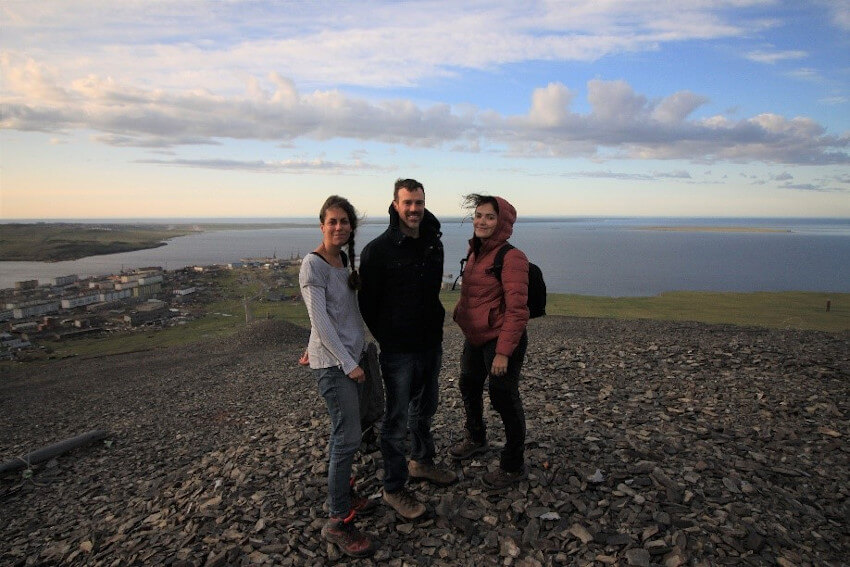
Members of the French team (from left to right): Magali Vullierme, Mateo Cordier, Natalia Doloisio
During the 2h50 of flight, we had the opportunity to delight ourselves with an incredible view of Yakutia from the sky.
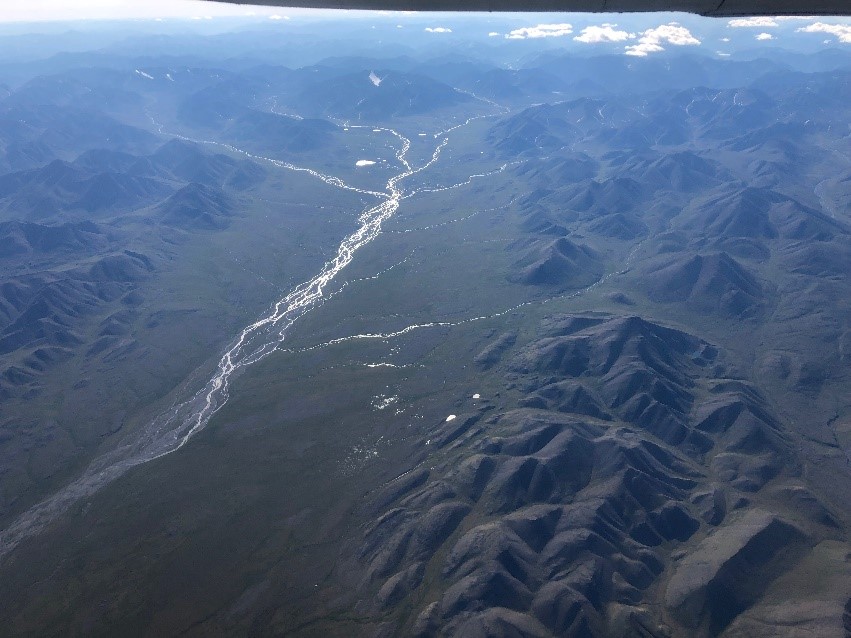
View from the plane – on route to Tiksi. Photo credit: Natalia Doloisio
As soon as we landed and got off the Antonov-24, the characteristic wind from the region could be immediately felt. After a twenty minutes ride in a UAZ 450, we finally arrived to Tiksi 1. Our two Russian colleagues and partners, who accepted to serve as interpreters, travelling for the first time to Tiksi, as well as Magali, Mateo and I, were completely astonished and could not help but to contemplate every corner around us.
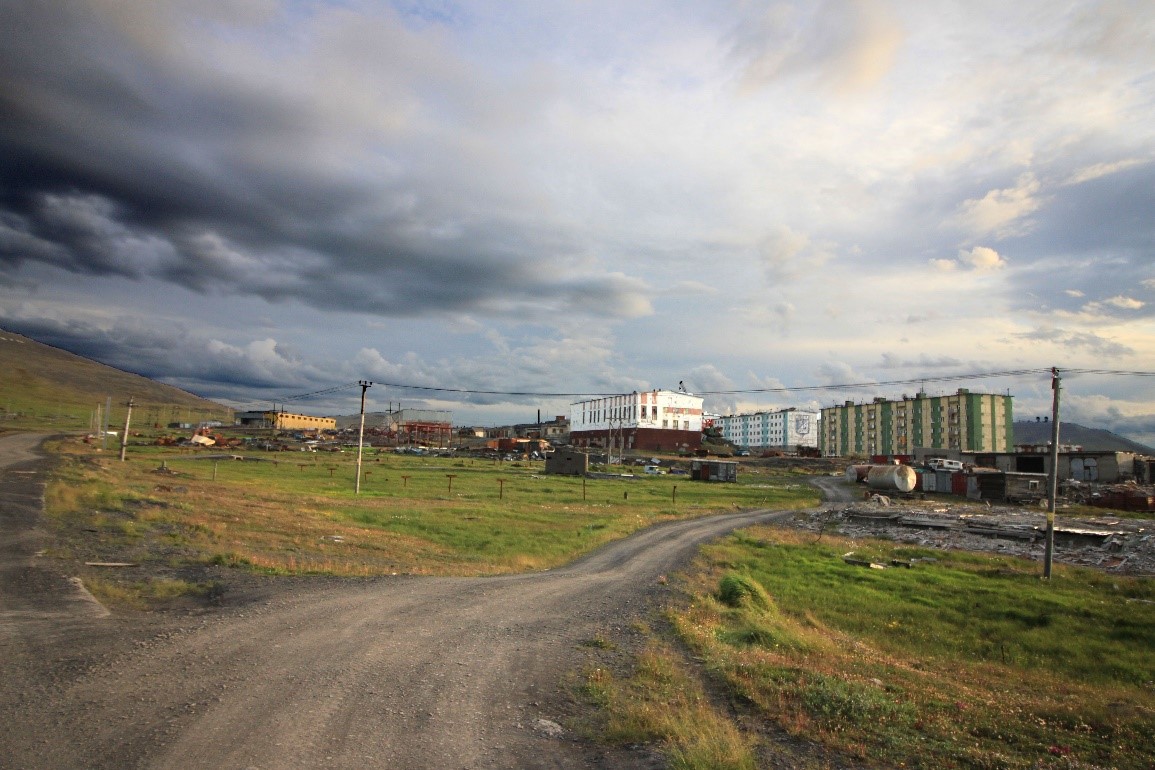
Streets of Tiksi. Photo credit: Natalia Doloisio
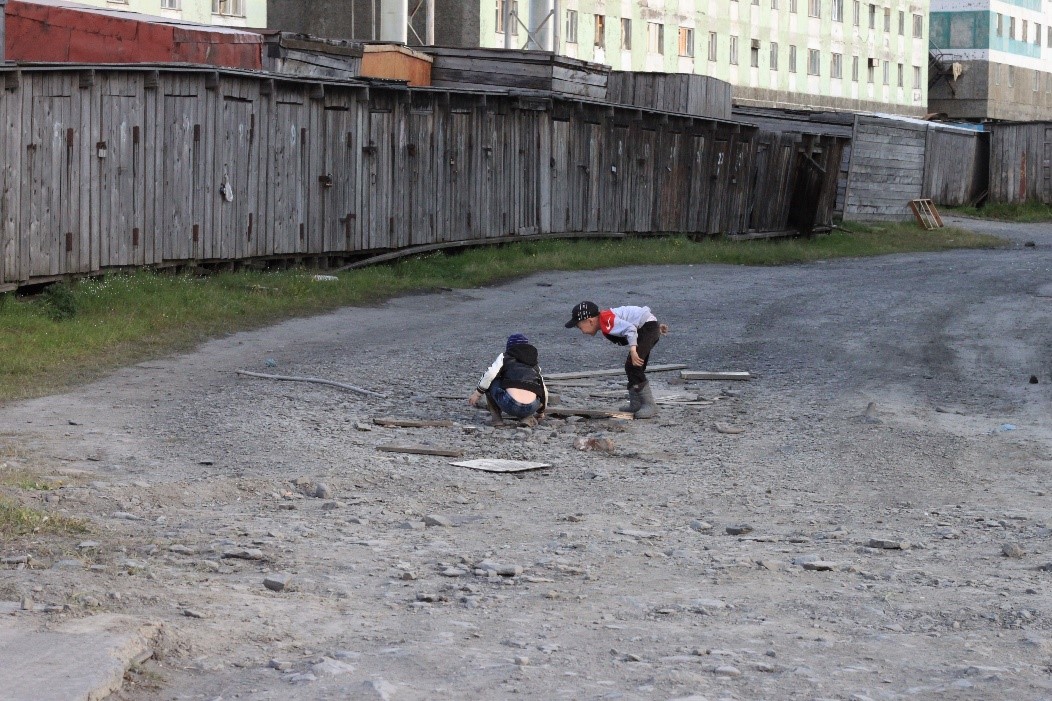
Kids playing in the streets of Tiksi. Photo credit: Natalia Doloisio
The main objective of this fieldwork was to meet local inhabitants in order to identify if they perceive permafrost thaw as a risk, and if so, which dimensions of their lives are currently being impacted and at what scale.
During our ten days in Tiksi, we had the opportunity to interview a wide diversity of stakeholders, including authorities, fishermen, hunters, herders, people working at the local administration, students, etc. People showed a marked enthusiasm for participating in our interviews and telling us about their lives in Tiksi. Despite of some slight differences in the narratives, they tend to agree about the multidimensional and accelerated changes in the environment and the seasonal temperatures. Authorities, from their side, manifested their interest in our research topic and provided us their support all along our fieldwork. They kindly offered us the meeting rooms of the administration building to conduct our interviews.
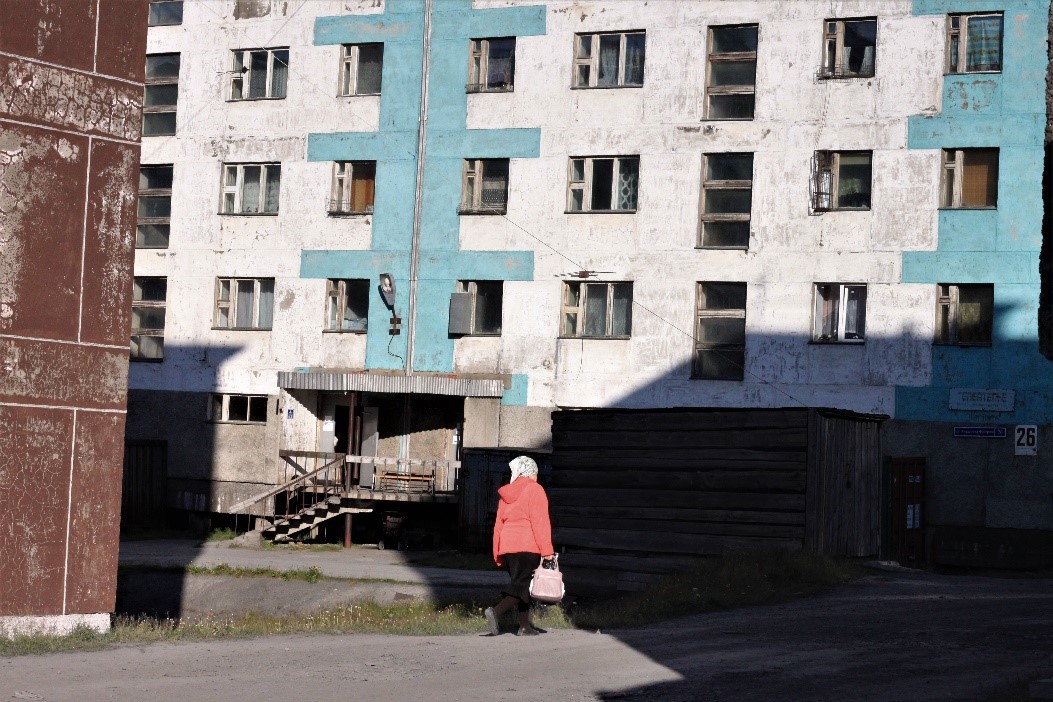
Woman walking down the streets of Tiksi. Photo credit: Natalia Doloisio
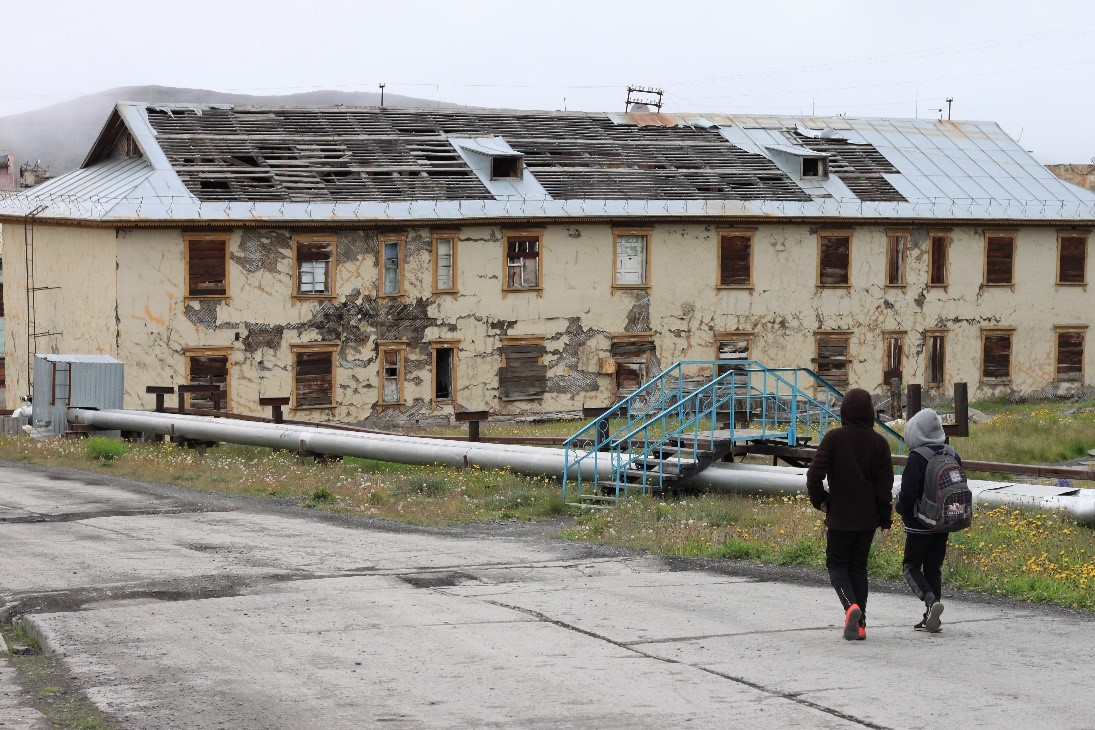
Kids walking around Tiksi. Photo credit: Natalia Doloisio
After finishing with our daily meetings, we enjoyed going for a walk to discover new spots around the area. We climbed the well-known hill from where we had a unique view of the entire territory.
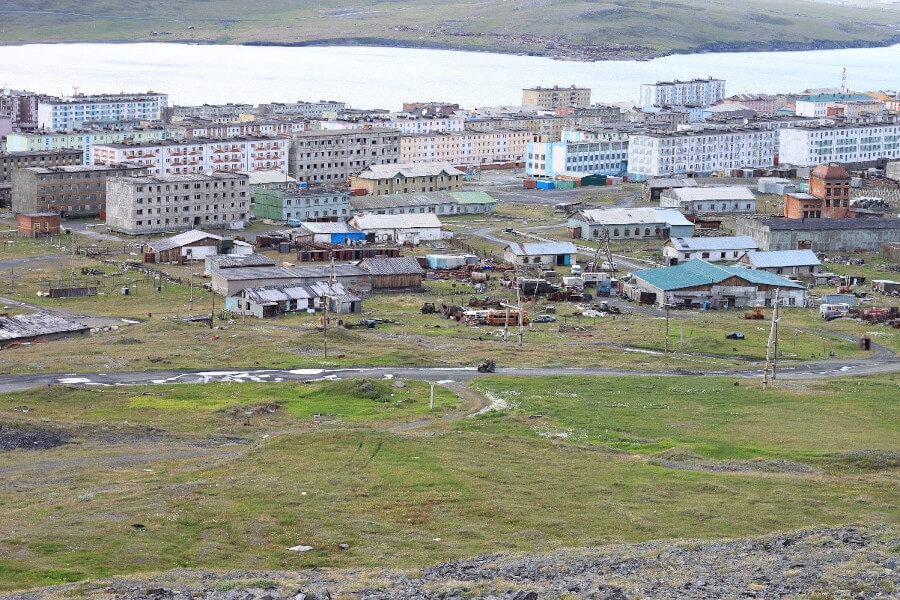
View of Tiksi from the hill. Photo credit: Natalia Doloisio
We also took the time to enjoy the view from the foggy coastline.
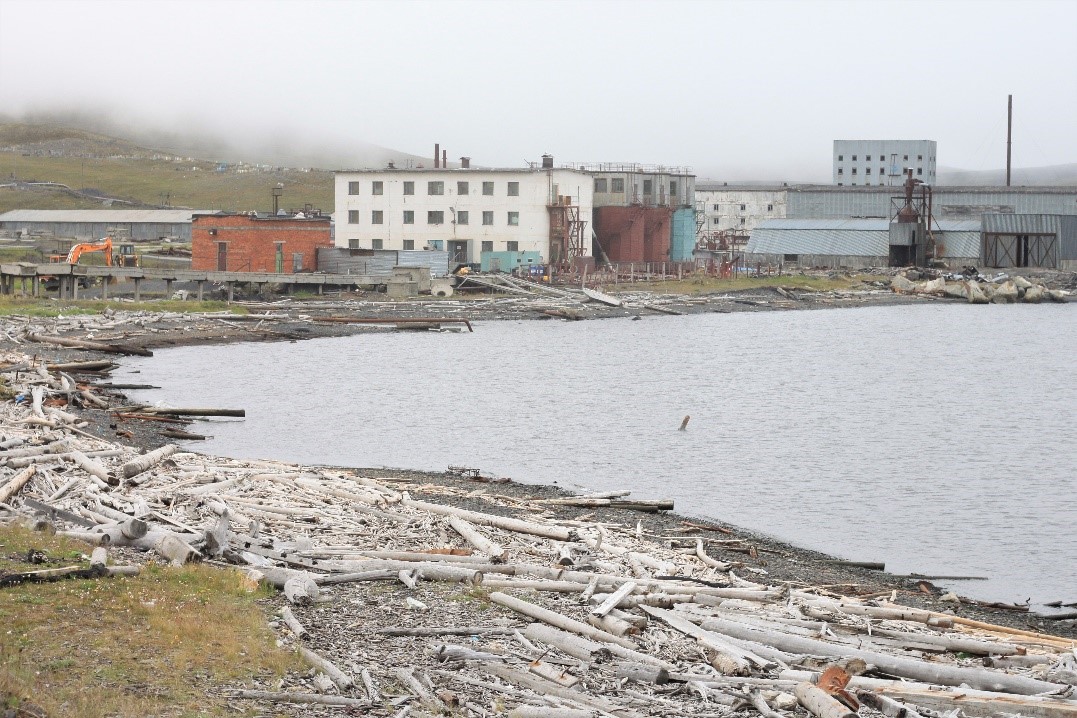
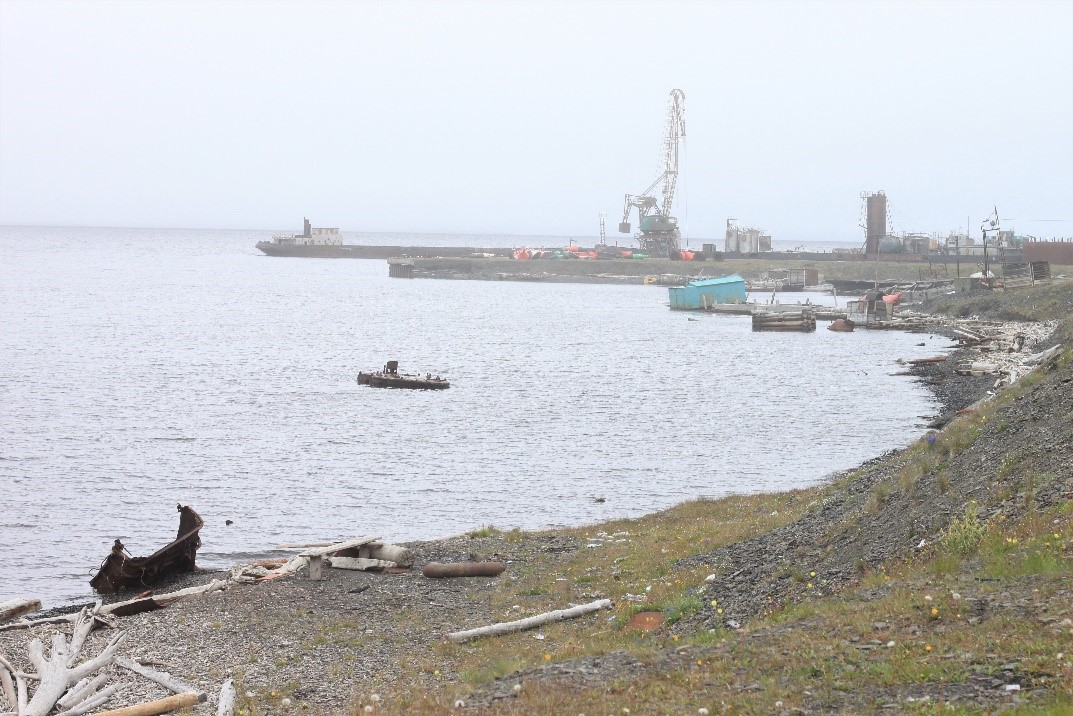
Tiksi’s coastline. Photo credit: Natalia Doloisio
During our stay, the Head of the Ministry of Nature’s Protection also invited us to sightsee the tundra with him and pick some mushrooms, like locals do.
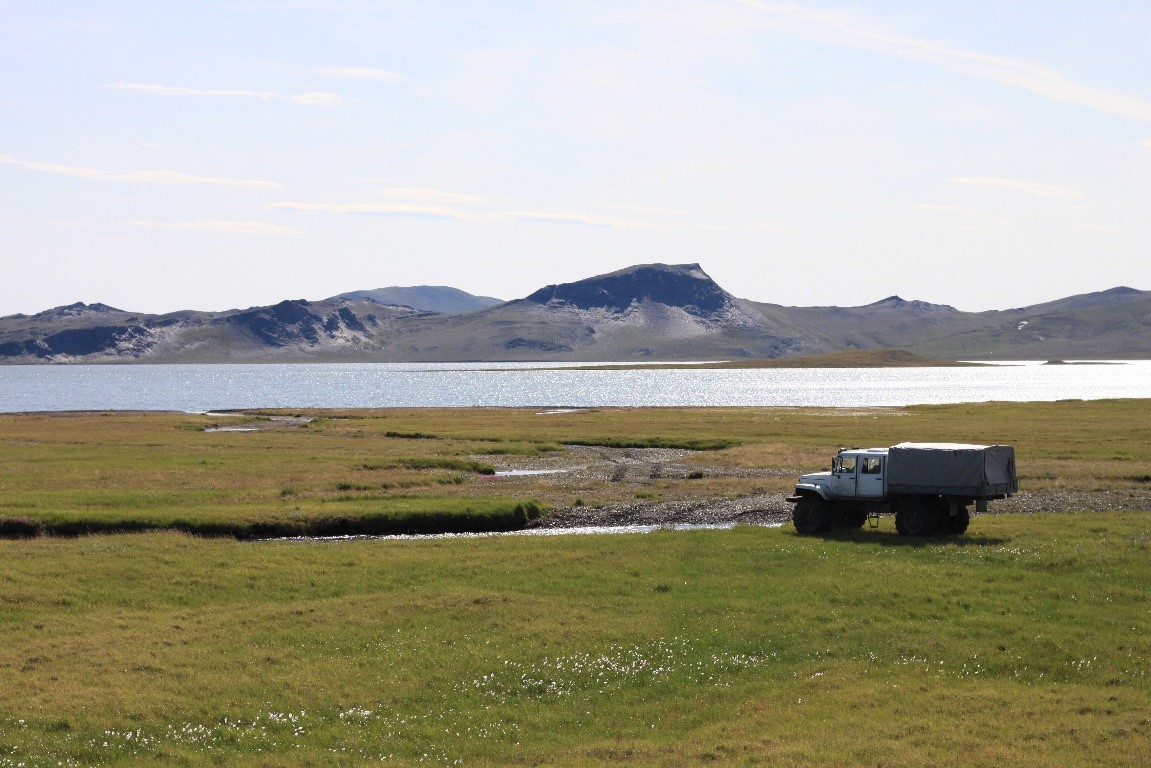
Sightseeing the tundra. Photo credit: Natalia Doloisio
All in all, we spent 10 highly productive days in Tiksi which were only possible thanks to the warm-hearted welcome from local inhabitants, the invaluable support from authorities and the hard work from each of the members of the team set up by our Russian colleagues, through the unique and long lasting partnership between the CEARC and NEFU scientists.
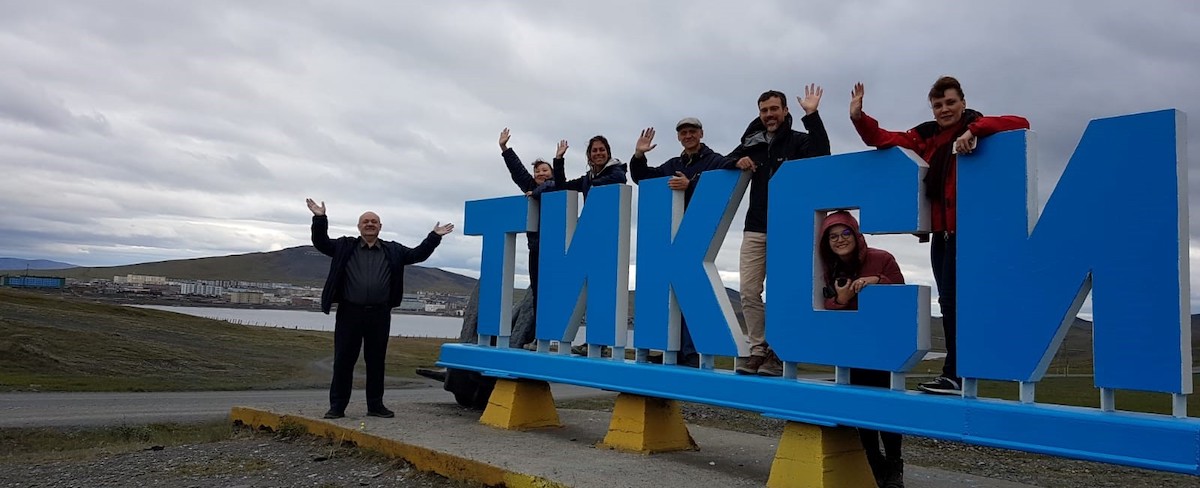
The Head of the Bulunsky District is bidding us farewell as we leave Tiksi



